Fashion and flower spectacle in the Philippines

The Bohol International Flower Festival (BIFF), a celebration of flowers and couture, took place in November 2024 at the Grand Resort Bohol, Philippines.
Spring has begun
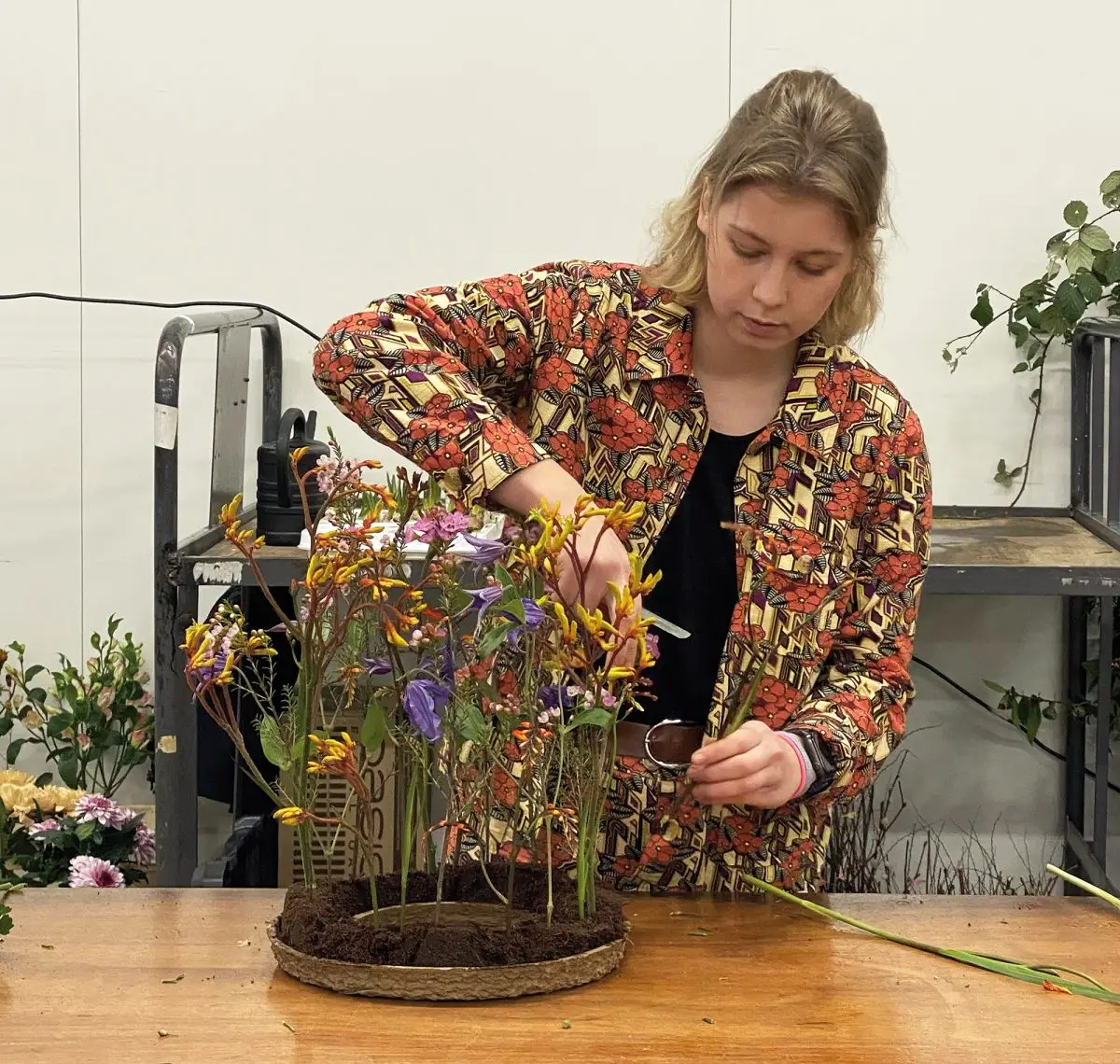
On February 9 & 10, spring started at Star & Van der Gugten in Wetteren (BE) with an inspiring two-day event full of floral art, craftsmanship, and a wide range of (spring) flowers. Three generations of florists: Daniël Ost, Erik Lockley, and upcoming Dutch talent Bente van Meurs let the flowers speak and showed innovative creations with materials that you should not miss this season. The sustainable products of Smithers-Oasis were also given a stage during the demonstration.
Dutch inspiration in Japan
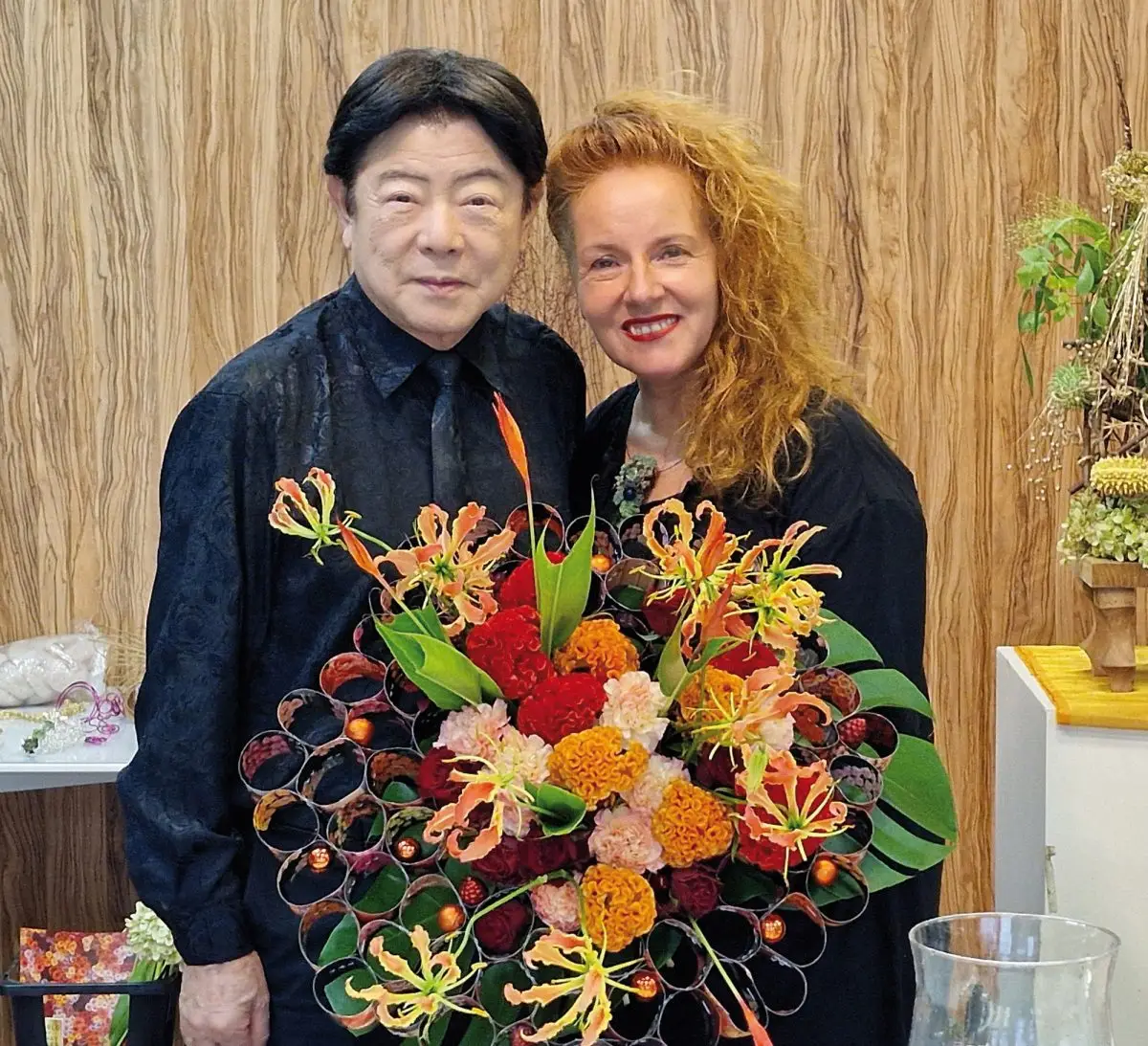
At the initiative of the Japanese floral designer Kazuyo Asayama, Lily Beelen gave several demos and workshops in Japan last fall, with the aim of providing inspiration from the Netherlands. Kazuyo was at her side for five days as a translator and assistant. The first session was at the Yokohama Display Museum, a company that sells many silk flowers. The request was to process these materials. They also worked with wool from Lehner Stylit. Florists from Osaka and Kyoto came specifically for these master classes. Three arrangements were created: a wreath on a metal base, a necklace and a bracelet.
Round and round we go
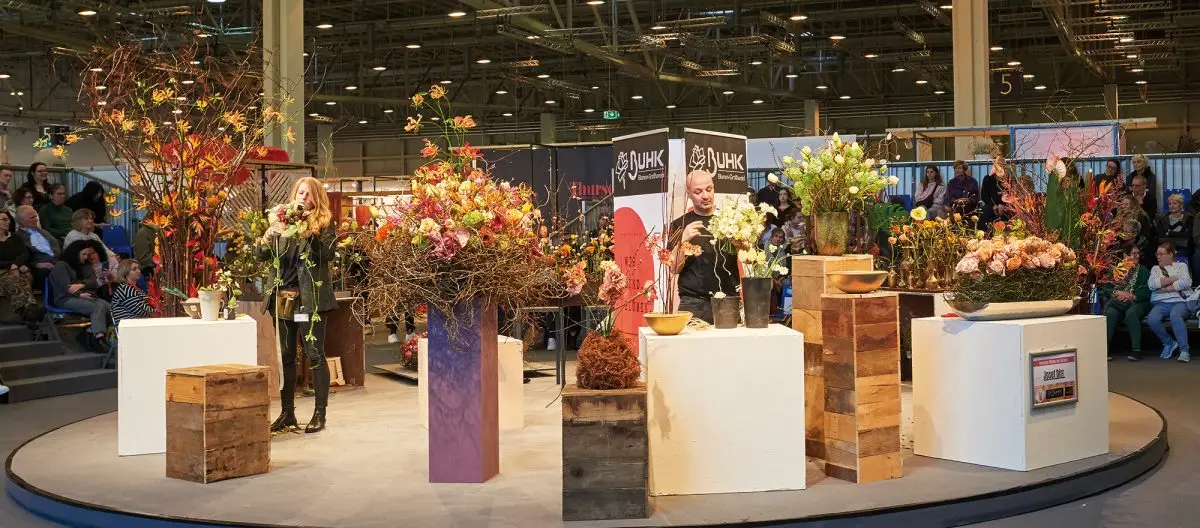
For the first time prominently in Hall 5, the German Florists Association (FDF) presented an inspiring meeting place created for professionals in the floral industry during IPM Essen. The legendary rotating stage is rightly the centerpiece, with a number of inspiring flower shows by international and German top florists daily. But not only the stage revolves: circles and round (flower) shapes also play a major role in the arrangements.
Sur/Reality, in search of new creative horizons
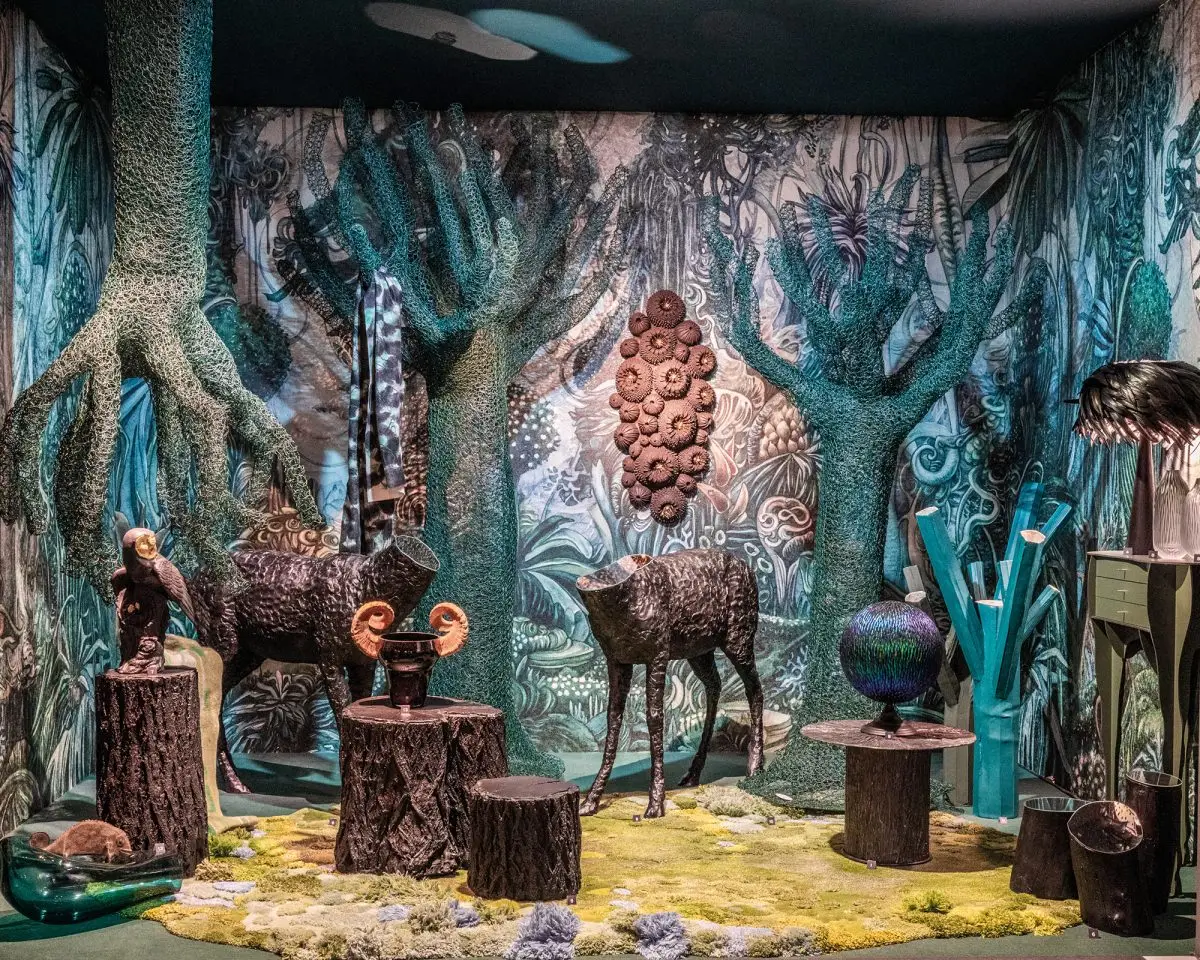
Since 1994, the Maison&Objet trade fair in Paris has brought together the international community of decoration, design, and lifestyle. It has since become a tradition to present the social trends in our society in style rooms or concept stores illustrated with the products of the exhibitors, together with the trend agencies Elisabeth Leriche and François Delclaux.
‘Every creation tells a unique story’
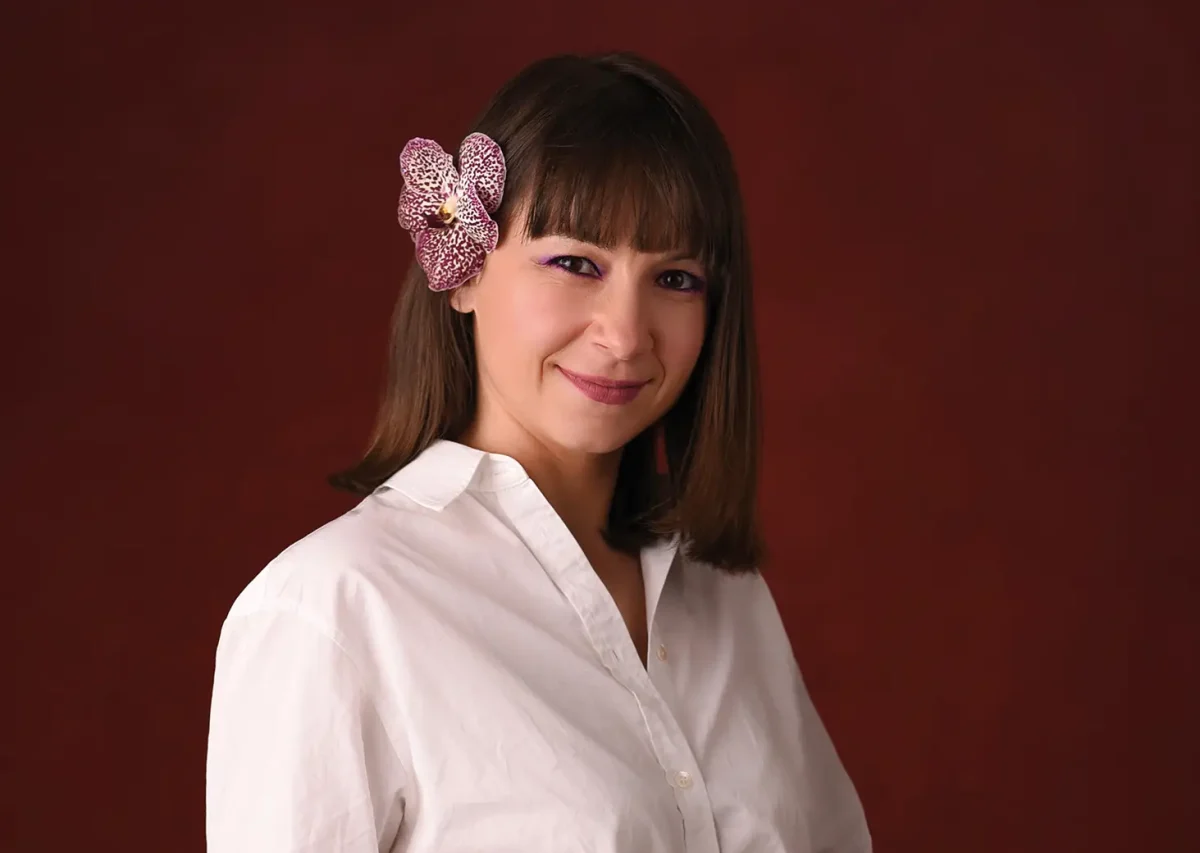
In 2021, during an internship with Hanneke Frankema in the Netherlands, Claudia Tararache participates in an online competition with a floral dress. She immediately catches our attention. A year later, she wins another prize at Fleuramour in Alden Biesen with a special bridal bouquet.
